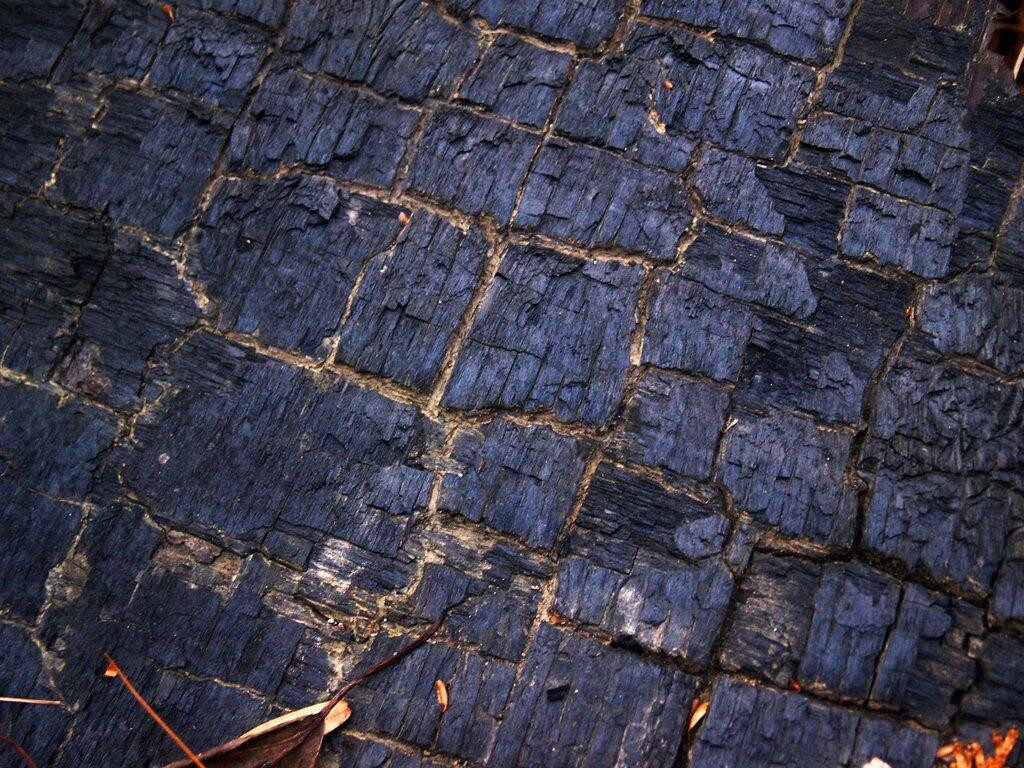Building a Fire
It amazes me how much trouble adults have building fires for cooking or campfires. I spent much of my younger years building campfires for Boy Scouts, and often build fires when camping, so I guess I have more experience then many others. Let me suggest a few tips.
No 1: Collect Plenty of Wood
Ideally you should have enough firewood for your whole camp or cooking fire before you start out. Most important is to have plenty of small wood, tinder, the size of a match stick or smaller, along with kindling, which is slightly larger, the size of small branches, before you light your first match.
Make sure to have the wood, particularly the tinder and kindling within easy reach. You don’t want to run out of wood when your building your fire, as it will likely go out when your search for more wood, particularly in the first critical minutes of your campfire.
No 2: Lots of Tinder Only At First
The second biggest mistake when starting a fire is to try to add too much wood at once. It might look purty to build a teepee out of kindling on top of your pile of tinder, but it totally unnecessary and probably will lead your too small of pile of tinder to burn out without igniting the kindling. This mistake is probably the most common in fire building.
There is nothing wrong with starting with a big pile of tinder at first, with nothing bigger on it. If your kindling is wet, then you might want to a few amply spaced pieces over a big pile of tinder to help dry it out, but be careful not to put too much on it.
No 3. Add Kindling Cautiously When Tinder Burning
Once you have gotten the tinder burning sufficiently, then start by adding kindling slowly to the fire. Assuming it is not wet, it should ignite relatively easily. Make sure to keep plenty of tinder burning, do not let it go out while you add kindling.
When your adding kindling, the tinder fire should be flashy and have plenty of tinder to be burning. If the tinder is burning out before or while you are first adding the kindling, the fire is going to go out. Fires at the tinder stage are delicate beasts, you have to constantly maintain them. Once the kindling is burning well, one can add fuel wood relatively easily, just making sure the kindling doesn’t burn out in the process.
No 4. Be Aware of How Wet Your Wood Is
Wet wood will burn, but it will require a lot more heat from the fire to burn, and will take longer. Drier woods with sap like white pine will burn quickly, hardwoods will burn slower and hotter, and punky wood (rotted) will burn slower and cooler. These are facts one should consider when building a fire.
Teepee fires are ideal for campfires where you want lots of light and quick combustion of wood. Log cabin-style fires, and criss-cross fires are better for heat and coals when cooking. Regardless of the style of fire you choose to build, you will get best results if you don’t start laying the fire out in the style you desire until you start burning fuel wood.

